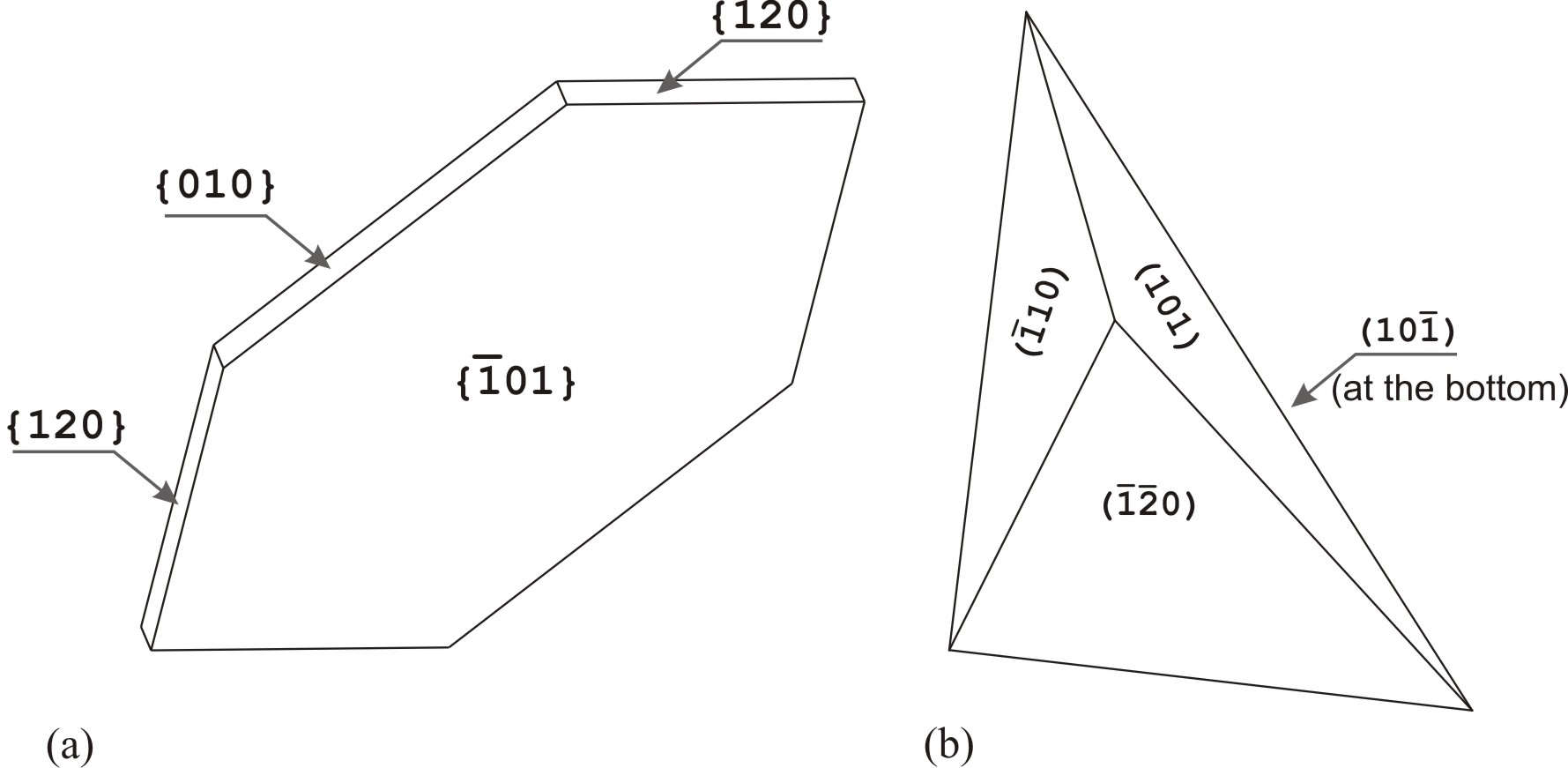One of examples of biomineralisation of plants are crystals of the calcium oxalate which appears in above 200 plant families. Calcium oxalate (COM) crystals are found in most organs and tissues of many plant species. They occur in leaves, stems, roots, seeds or floral organs. In spite of the common occurrence of calcium oxalate among plants, the functions of these crystals are not fully known and understood. However, it seems that the crystals play multiple roles. Calcium oxalate could serve as a means of regulating internal calcium stores or as a way to maintain ionic balance, e.g. sodium and potassium. Calcium oxalate crystals are also formed to maintain low soluble levels of potentially toxic substances like oxalic acid. The possible role of calcium oxalate crystals is defence against insects or foraging animals. This function is implicated by the size, shape and placement of crystals in some tissues and organs. For example, needle-shaped crystals are believed to play a defence function against grazing animals. The needles can have grooves, which may probably be responsible for channelling the toxins in wounds. It is a very interesting feature that individual plant species produce crystals of specific morphology. Crystal morphology and distribution are usually similar within specific taxa and differ among divergent taxa. Therefore, the distribution and morphologies of these crystals are often used as taxonomic characters for plant families. These observations indicate that calcium oxalate crystals do not result from random processes, but preferably these specific crystal morphologies seem to reflect genetic regulation of crystal formation.

Schematic representation showing the morphology of COM crystals, (a) centrosymmetric non-biogenic; (b) pseudotetrahedral biogenic. The (101) face has never been observed in crystals grown synthetically from solutions of calcium oxalate.
Detailed analysis: J. Prywer, CrystEngComm 11 (2009) 196-202.


